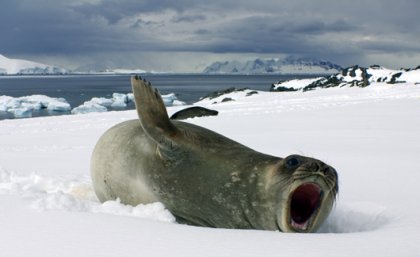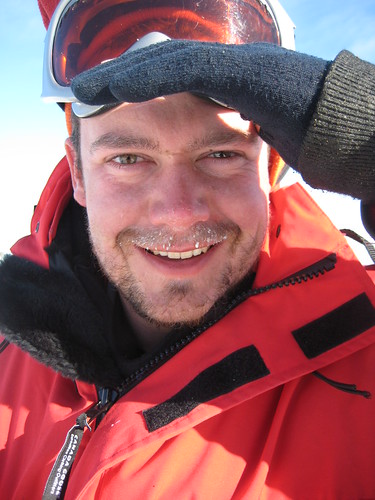
Climate change will have a major impact on life in Antarctica this century, according to a landmark study published in Nature Climate Change today.
University of Queensland researcher Dr Paul Dennis said the study indicated that by 2100 there would be 25 per cent more soil fungal “species” in the most rapidly warming parts of Antarctica.
“While this may bring certain ecological benefits, it may also help invasive species to gain a foothold in this pristine wilderness,” he said.
The study, performed by the UQ School of Agriculture and Food Sciences Microbial Ecology Group led by Dr Dennis, was based on soil samples collected from Antarctica during an extensive 2007-2008 survey led by Professor David Hopkins of the Royal Agricultural University in the United Kingdom.
The survey was the most extensive of its kind and involved complex logistics – including light aircraft, helicopters and ice breakers – provided by the British Antarctic Survey and the UK’s Royal Navy.
Dr Dennis said surface air temperatures in the maritime Antarctic had risen by up to 2.8 °C over the past 50 years, at rates several times that of the global average.
“Our research has demonstrated that, in this rapidly warming part of Antarctica, temperature is the main factor that determines soil fungal diversity,” he said.
 The study found said that the majority of fungi were microscopic – and the average person might not find them as charismatic as animals – but they had important roles to play in soils as plant decomposers and as symbionts, closely associated with other organisms.
The study found said that the majority of fungi were microscopic – and the average person might not find them as charismatic as animals – but they had important roles to play in soils as plant decomposers and as symbionts, closely associated with other organisms.
“With air temperatures in the Antarctic currently rising at the fastest rates in the Southern Hemisphere, it’s likely the number of species of fungi present in these soils will increase,” Dr Dennis said.
“Such increases are likely to positively influence important ecological processes such as the decomposition of plant remains, effectively kick-starting plant communities by the enhanced release of nutrients into the soil.”
Sites in the northern maritime Antarctic are up to 10 °C warmer than those at the southern limit of the Antarctic Peninsula.
“By assessing fungal communities in the northern maritime Antarctic, we were able to make predictions about how soil fungi are likely respond to warming in colder regions,” Dr Dennis said.
“Antarctica is like a natural laboratory in which to further understanding of our planet’s response to environmental change.”
Dr Dennis and Dr Kevin Newsham of the British Antarctic Survey and the University Centre in Svalbard, Norway, are the lead authors of the paper, Relationship between soil fungal diversity and temperature in the maritime Antarctic, published in Nature Climate Change.
Media: Dr Paul Dennis, p.dennis@uq.edu.au, +61 (0)7 3346 9534.
.jpg)










